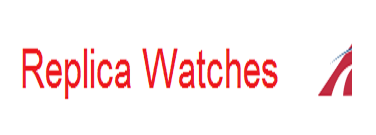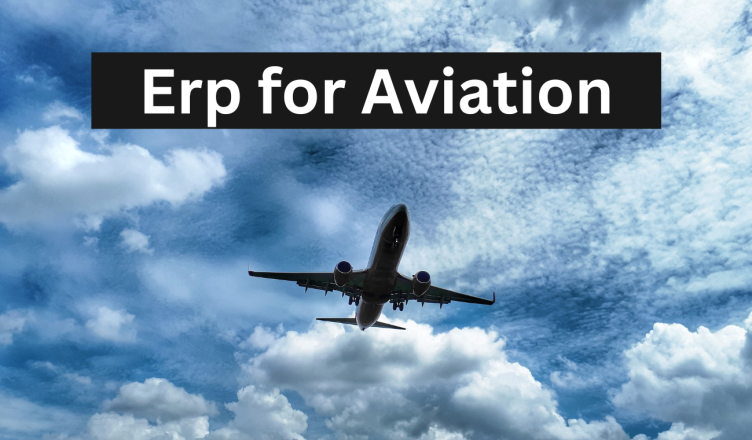You’ll want to be prepared with an Emergency Response Plan (ERP) in an aircraft emergency. When a mishap, accident, or emergency arises, this is where flight departments, drone operators, and FBOs should turn first. Basic structure, critical parts of any emergency response, and your people’s roles should all be considered as you establish your ERP system.
What Are the types of ERP?

The market is flooded with ERP options, but we’ll highlight some of the best based on feedback from our existing customers.
Tier I
These solutions are geared toward multibillion-dollar businesses with an annual revenue of more than $750 million. Complexity is inherent in most companies of this size, be it due to intricate business processes or complex corporate structures with complex consolidation requirements. Tier 1 apps are scalable and designed to serve numerous sectors.
Upper Tier II
These solutions are designed for businesses with annual revenues between $250 million and $750 million. Multi-industry and multi-divisional operations are every days in corporations of this size.
Lower Tier II
These aviation ERP software enterprises with annual revenues between $10 million and $250 million. These organizations typically serve as a stand-in for a specific field and only have to oversee one department or division.
Tier III
This category contains hundreds of software vendors targeting small and medium-sized enterprises. Many enterprise resource planning (ERP) systems rely on various point solutions, each with strengths.
The Importance of ERP and TMS Integration for Your Company
All too often, enterprise resource planning (ERP) software is treated as the panacea for every ailment that could befall a company. Why would you ever consider another solution when this one can centralize your procedures, boost your productivity, and provide complete insight across your business?
However, many supply-chain-focused companies need to realize these programs’ full potential. ERP systems are great for handling tasks like accounting, HR, and customer relations, but they need to improve when it comes to transportation management. Many organizations are combining their ERP and TMS systems to address this problem.
Increased Automation Is One of the Many Advantages of Integrating ERP and TMS
When combined with ERP, a transportation management system can increase supply chain automation to a level not possible without it. Automatic carrier selection is the first step taken by TMS to achieve this goal. This app allows you to communicate efficiently and collaborate with shippers utilizing real-time information.
Many TMS solutions will generate forecasts during bid analysis that can help users see how this carrier will affect their budget. Users may easily compare carriers and choose the best one for their needs.
Better Interactions with Customers
TMS improves the customer experience in a different way than the customer relationship management features that are typically included in ERP systems. First, TMS programs provide scheduled pickup, which lets customers choose when and where their packages will be picked up. Appointments made using the system save time and lessen the likelihood of misunderstandings or other sources of user displeasure.
Shipping conflicts can be handled with TMS software as well. Schedule conflicts, potential damage, and other product-related disagreements can all be dealt with through this handy tool. Freight charges can be corrected for faults made while shipping through the cooperation portal many systems offer.
Enhanced Detectability
ERP systems offer excellent company-wide visibility but supply less data on the transportation chain. Fleet management is a service provided by TMS that is often absent from ERP. Thanks to this feature, managers can keep tabs on their teams’ schedules, communications, and deployment. Some methods allow for at least some degree of automatic driver assignment based on criteria like driver availability and skill level.
Planning Transportation More Effectively
An improved strategy is another benefit of combining ERP and TMS, which is made possible by more thorough analysis and reporting. Shipments can be consolidated with the help of TMS software, which also considers things like available space and the most efficient routes.
As a result, shipping expenses are decreased, and earnings are increased. Multimodal shipments are also managed via TMS software. As a result, firms may determine the best cost-efficient transportation option at any given time.
Conclusion
Aerospace Enterprise Resource Planning (ERP) is a business process management software that helps streamline and improve a company’s operations by combining and centralizing programs that handle accounting, HR, sales, and inventory management. Have fun reading this article, for more visit our website.

